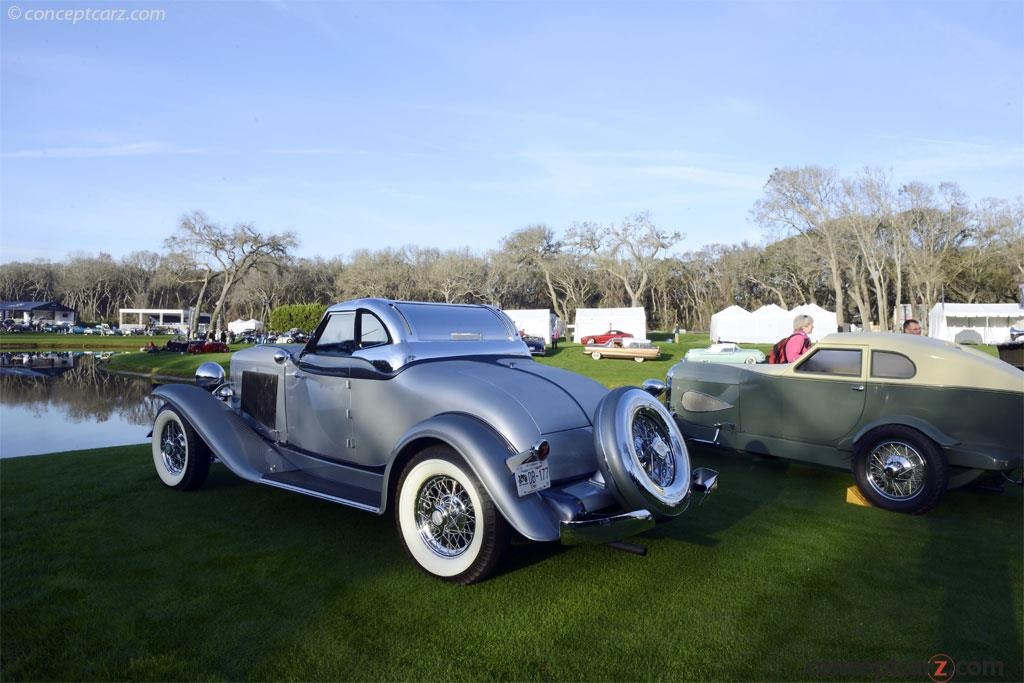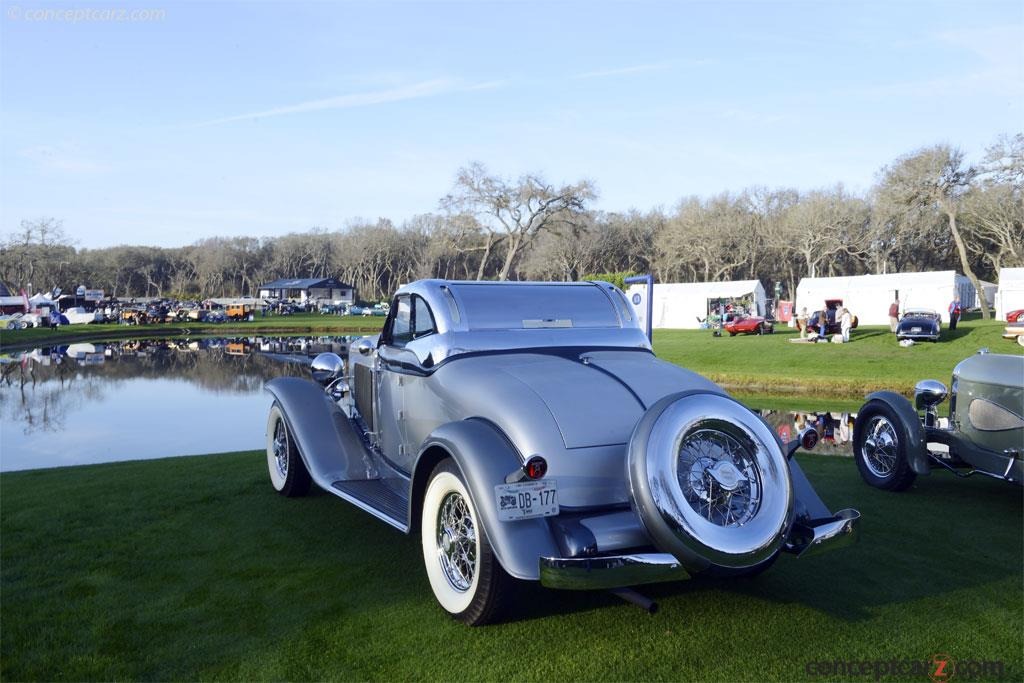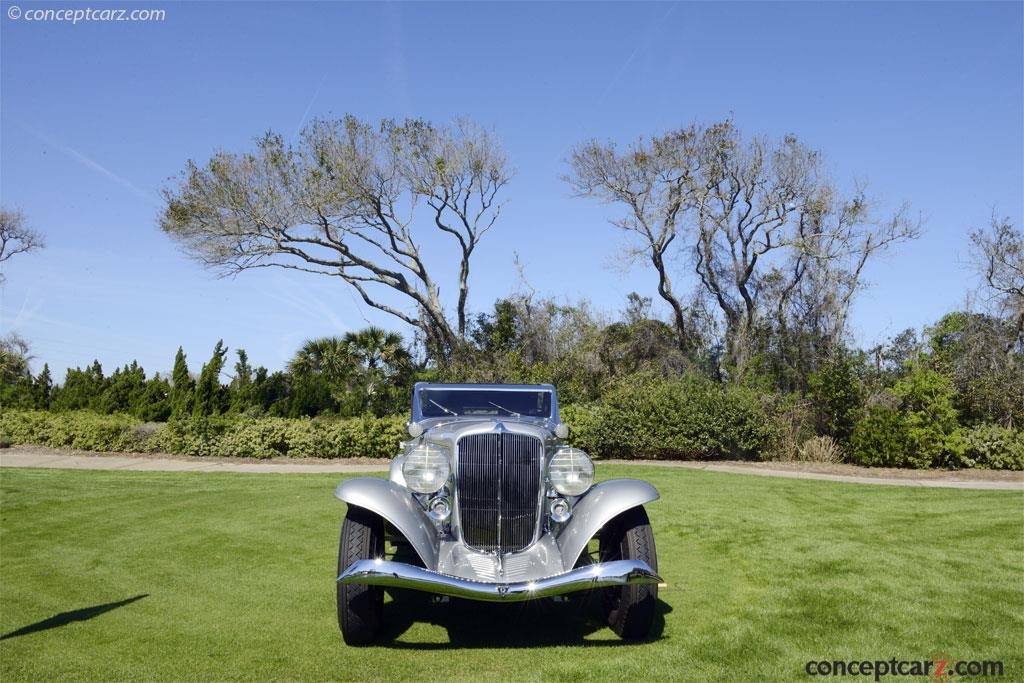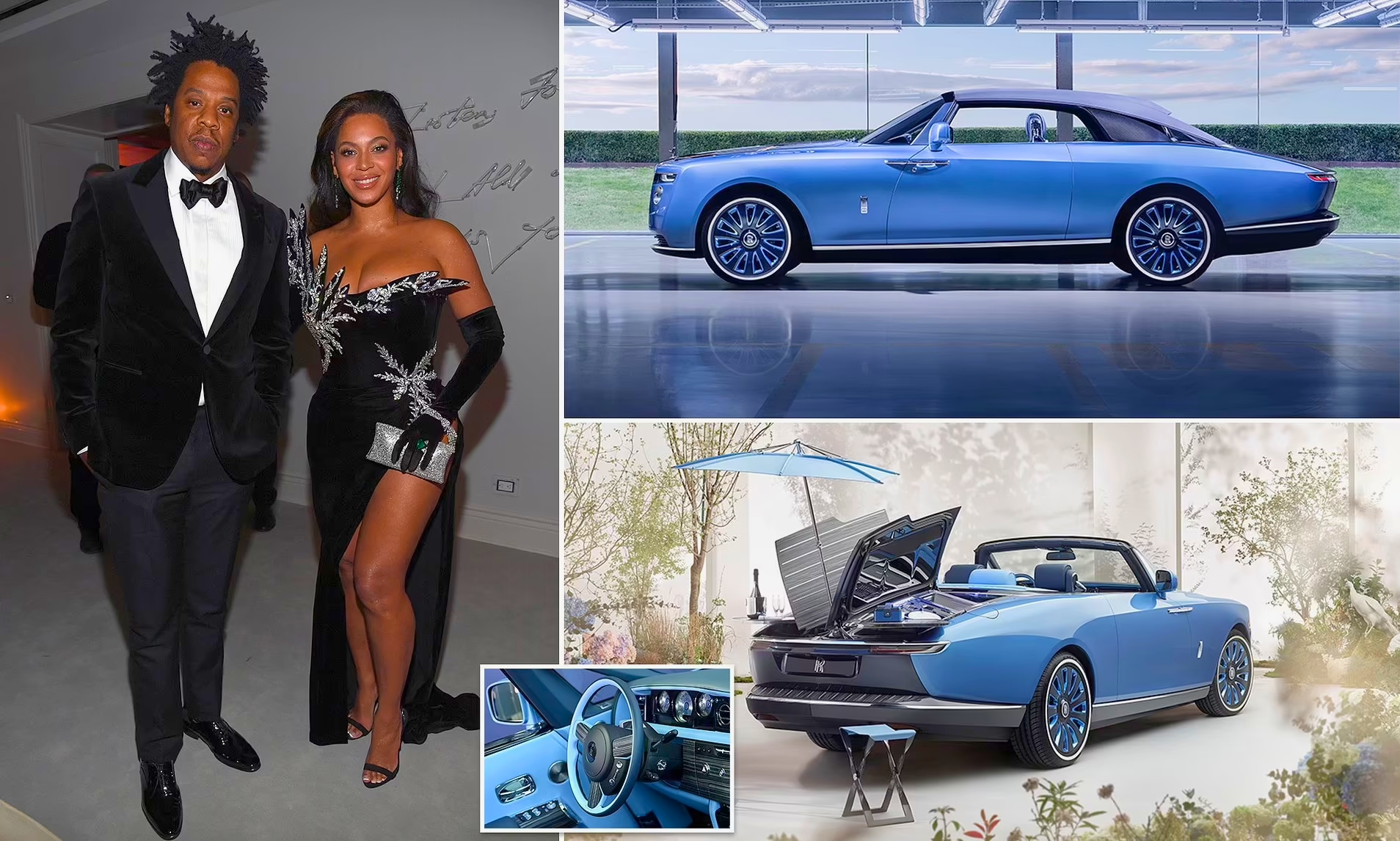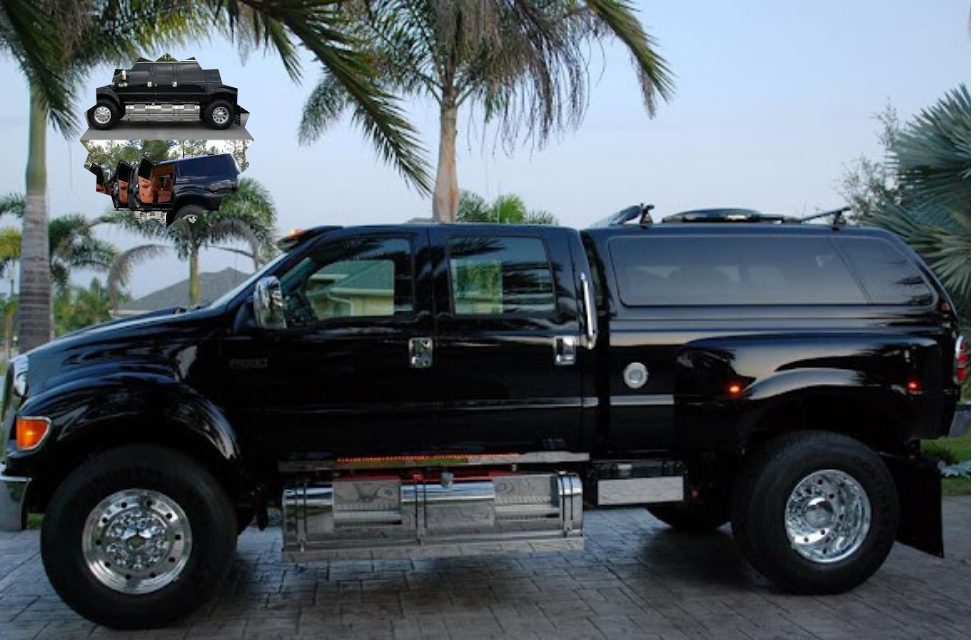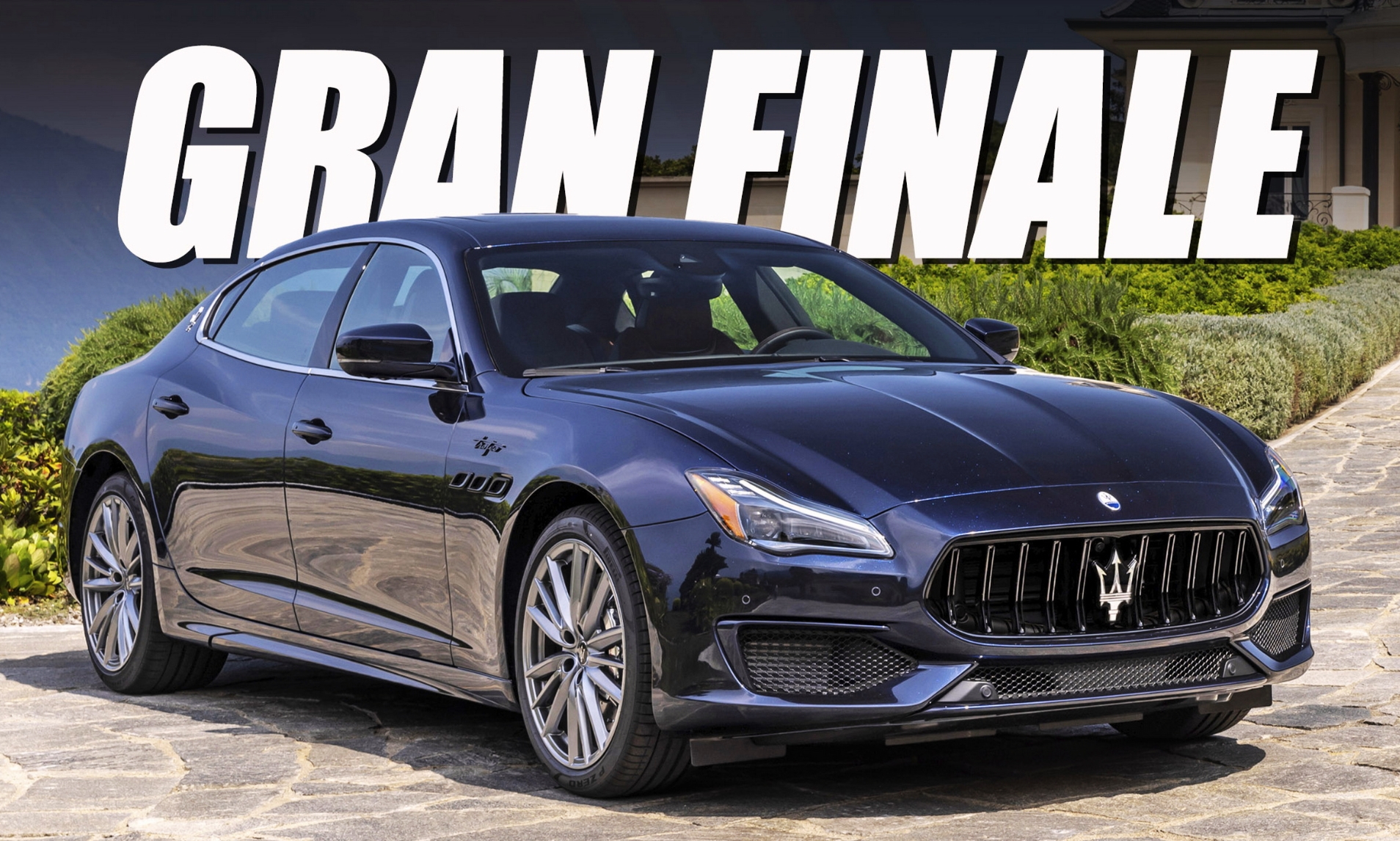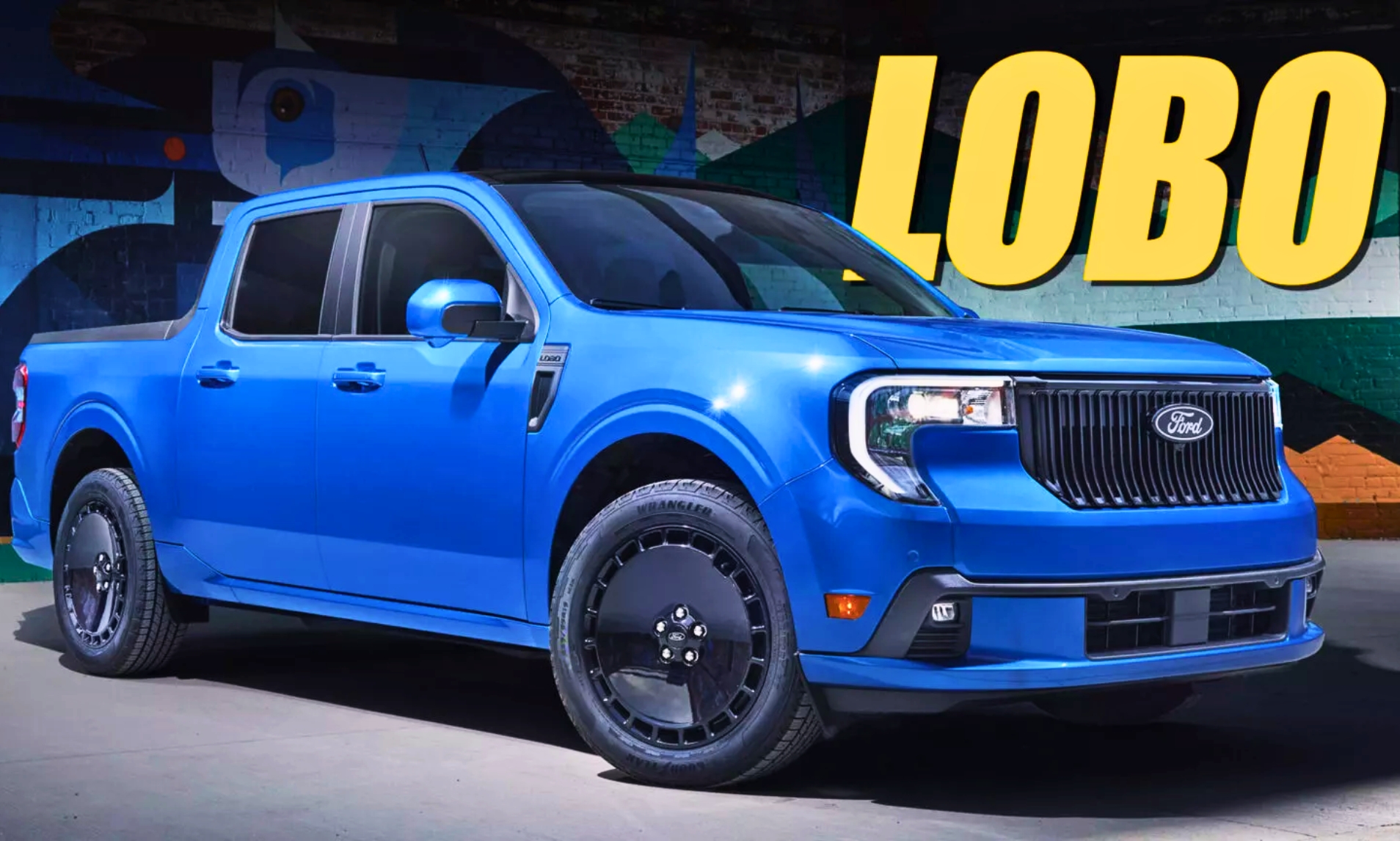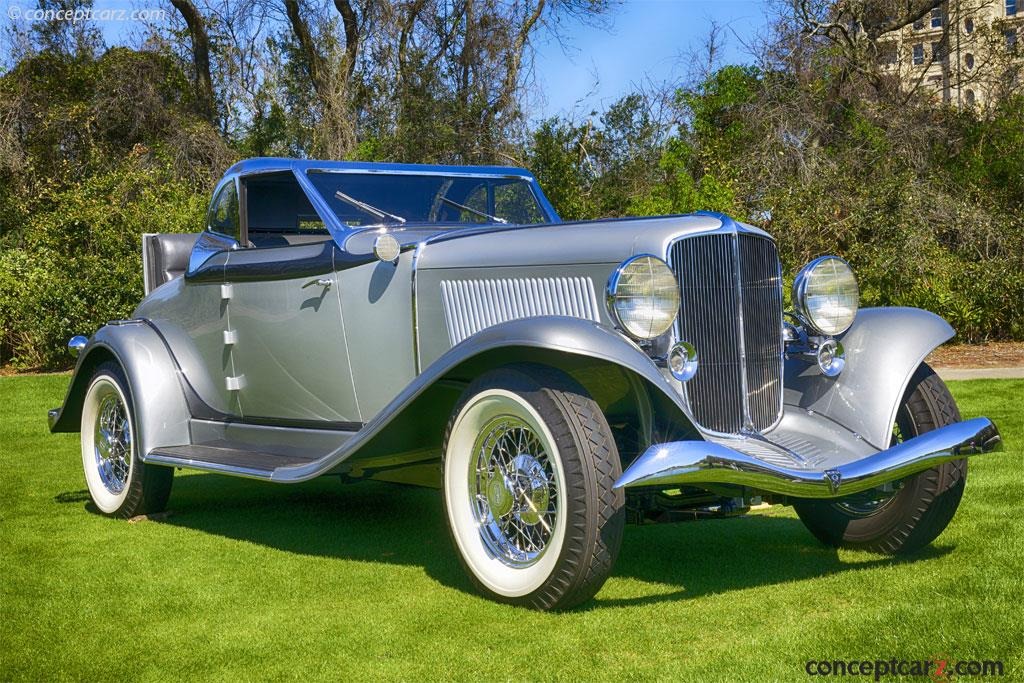
There wasn’t much change for the 1933 Auburn except an upscale Salon trim line was added. The 1933 Auburn was one of the most affordable and dependable automobiles on the road.
This car is powered by a 268.6 cubic-inch Lycoming engine that boasted a whopping 100 horsepower and featured standard free wheeling. There is a two-speed rear differential, chrome wire wheels and a rumble seat. (The Lycoming engine plant was part of the Cord business empire.)
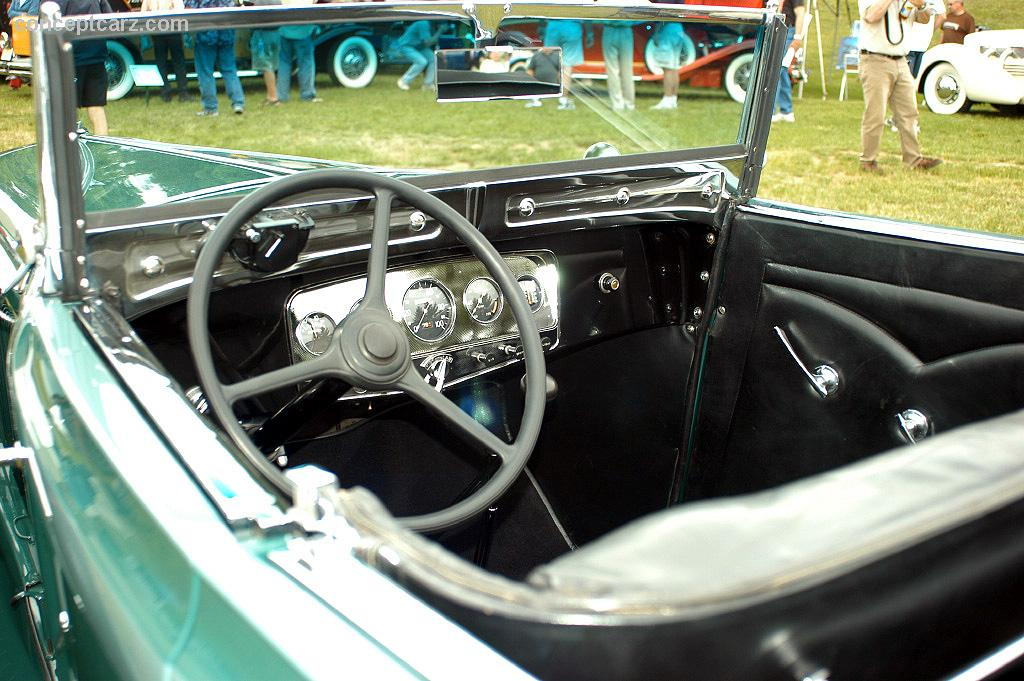
In 1932, the Depression had taken its toll on the company, as less than half of the Auburns produced were sold. The unsold 1932 models were mostly renumbered to series 101 and 161, thus making up a good portion of introductory sales figures for 1933. Only 5,000 units were ever sold.
What sets this coupe off is its unusual top, a retractable roof panel – the only one known to have been installed. It was patented by an Ohio-based German-born mechanical engineer and inventor, Conrad Jobst, who also developed gradient compression garments for the medical industry.
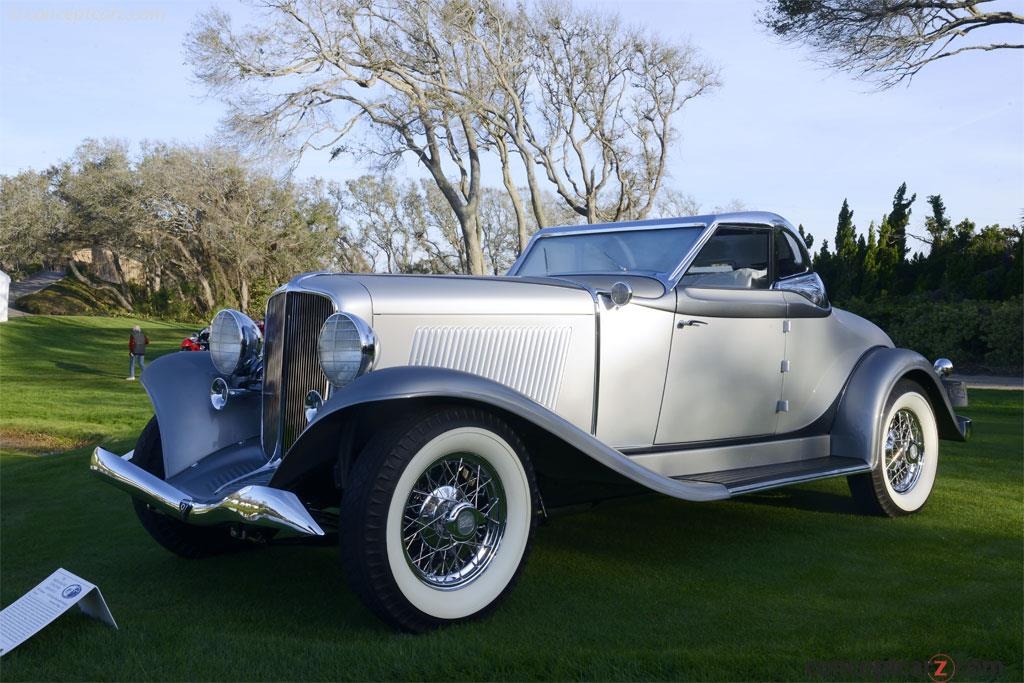
It is a one-off retractable hardtop conversion prototype and based on the Auburn eight-cylinder salon chassis. Jobst developed the idea for a hardtop convertible and acquired this 1933 model to be used for this idea.
The top is composed of three sections: a rolling center section, a hinged rear section and an arm above the door on each side of the car. The center section is built much like the door of a roll-top desk.

Tugging a ratcheted handle above the driver’s head causes the top to move back inch by inch until it is completely hidden in the top well behind the seat.
The hinged rear section is then swiveled backward into the well using the arm on each side to guide it. The arms are then unscrewed, removed, and hidden away in padded compartments at which time the driver is ready for open-top motoring.
